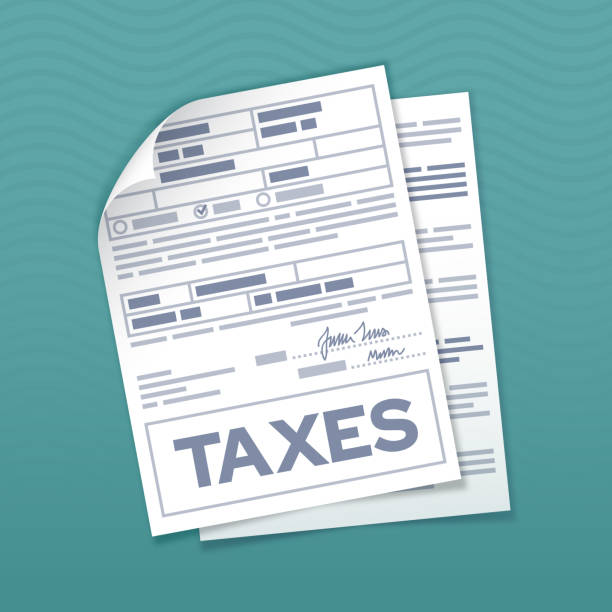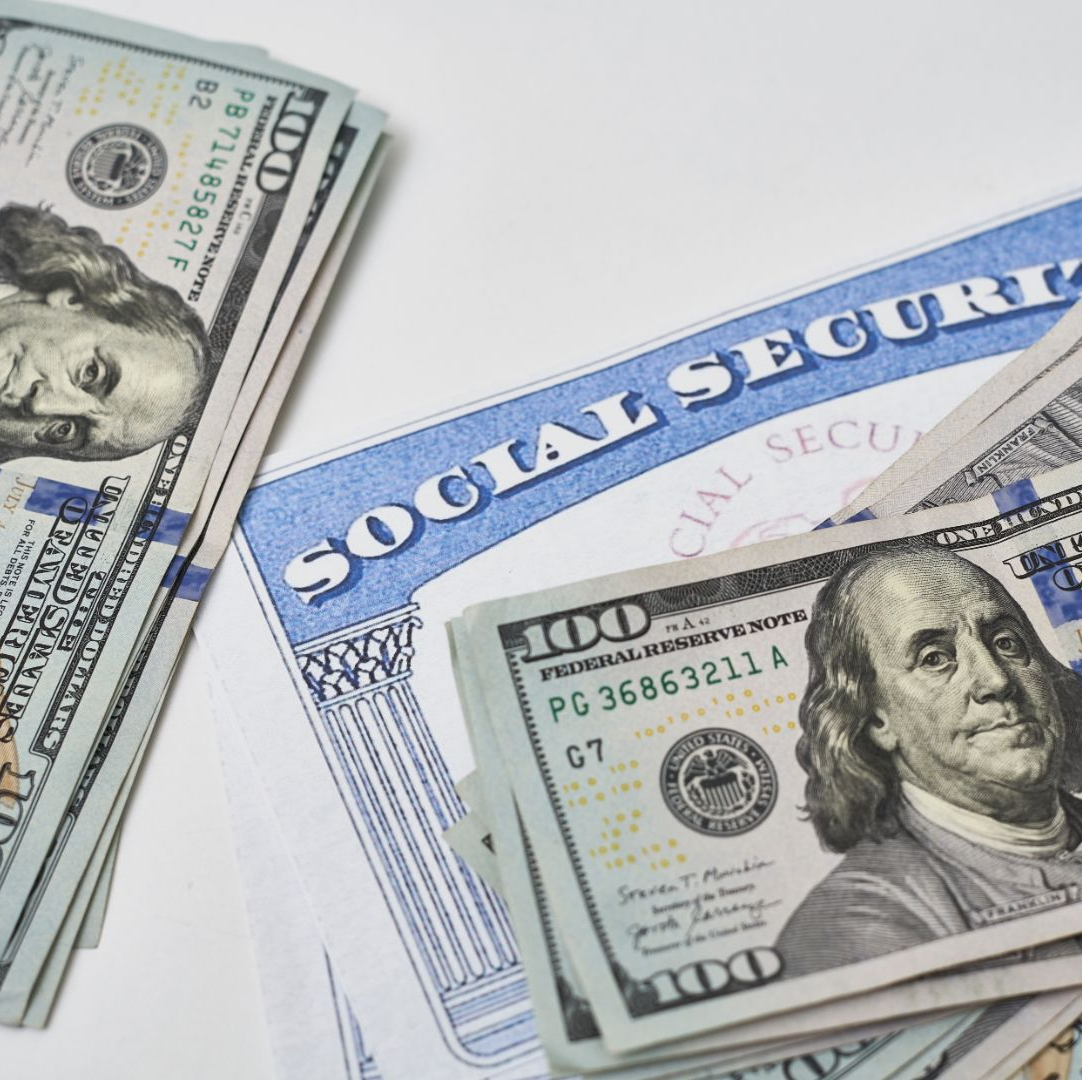
The tax advantages meant to increase retirement savings come at a high cost to the federal budget, benefit upper-income households disproportionately, and do little to help those most vulnerable to poverty in retirement.
In 2019, the highest-income 20% of households received 60% of the benefit of the income tax reductions for retirement savings accounts, while the lowest-income 20% received only 1.5%.
The SECURE Act 2.0 expands and alters tax benefits targeted at helping people save for retirement. The proposed law makes significant changes, such as expanding automatic enrollment in retirement savings plans and strengthening protections for part-time workers. But it fails to address the fundamental flaws in current incentives, making them ineffective for low- and middle-income families.
This article examines the shortcomings of current retirement savings incentives and the SECURE Act 2.0’s limitations and what can be done about them.
Tax Breaks for Retirement Savings Received by 6% of Households
There are two types of current tax incentives for retirement savings. The first is to lower a person’s taxable income by the amount they or their employer contributes to 401(k) plans and standard individual retirement accounts (IRAs). The money in these accounts is not taxed until it is withdrawn, including both contributions and investment gains on those contributions.
Contributions to the second form of account, generally known as a Roth IRA, are made using pre-tax income, and withdrawals of both contributions and investment earnings are tax-free.
The saver’s credit, a third, much smaller incentive, is offered to a far smaller group of taxpayers.
As mentioned above, higher-income households are far more likely to take advantage of tax benefits for retirement savings. In 2019, 77% of households in the top income quintile received a benefit, compared to 19% in the bottom quintile and just under half in the middle quintile.
Not only do a higher proportion of high-income households have retirement accounts, but the average balance in such accounts is also significantly higher than that of lower-income savers. Families in the top 10% of the income distribution had funds worth an average of $692,800. In contrast, those in the lowest half had accounts with an average of $57,400, according to the Federal Reserve’s most recent Survey of Consumer Finances.
Furthermore, retirement insecurity has worsened, although the cost of savings incentives to the federal budget more than doubled between 2004 and 2020. The percentage of families in danger of not having enough money in retirement increased from 41% in 2004 to 49% in 2019.
The SECURE Act 2.0 Includes Several Serious Flaws
Several aspects of the SECURE Act 2.0 would help to extend access to employer-sponsored retirement savings plans over time. However, these modifications do not address the system’s underlying faults, and other measures would further tilt the benefit structure in favor of the wealthy. It’s crucial to highlight that many workers don’t save since they rely on every dollar they earn to get by. Diverting earnings to restricted savings accounts can reduce a family’s level of living and make it impossible for them to take on costs that could lead to better earnings or a higher standard of living prior to retirement for these people.
Make the Saver’s Credit Better
The existing saver’s credit provides a modest credit to married tax filers who contribute to a retirement savings plan and have an income of up to $66,000. However, due to the credit’s nature, only a small percentage of potentially eligible taxpayers claim it and even fewer receive the full amount.
Mega-IRAS Should be Limited
Only over 500 taxpayers had IRA accounts with balances of more than $25 million in 2019, averaging $154 million. Wealthy investors can use these accounts to avoid paying capital gains taxes on appreciated assets and paying estate taxes on accounts passed down to heirs.
Conclusion
The current retirement tax advantages are expensive and skewed toward high-income households. The SECURE Act 2.0 does not go far enough in addressing these flaws. Changes should be made to these plans to enhance accessibility for low-income earners and prevent high-income earners from exploiting the system.
Contact Information:
Email: [email protected]
Phone: 9568933225







